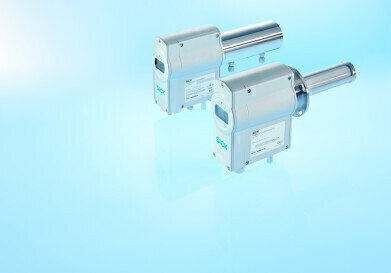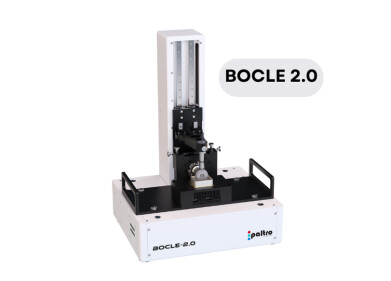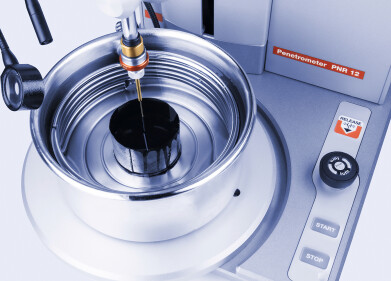Measurement and testing
Monitoring Oxygen Content in Harsh Industrial Environments
Aug 31 2011
Oxygen monitoring is mandatory in many production areas, whether as an economical way to control processes or in order to efficiently identify hazards. Be prepared with the TRANSIC100LP from SICK (Germany) to measure the oxygen concentration in moist and aggressive process gases precisely with diode laser technology. It is reliable in all operational areas and with minimal maintenance and at an attractive price.
Measuring oxygen with the TRANSIC100LP is a breeze. The meter is compact, requires little space and can be easily installed directly in-situ in many applications even in hazardous areas. The operation is easy. Once powered up, the measurement values are immediately available. Typical applications include monitoring gas production and inert gas atmospheres.
The stainless steel probe is resistant to aggressive chemicals and extreme humidity. In summary, the TRANSIC100LP is a simple, robust solution with accurate high availability. The probe consists of a compact spectrometer with tunable diode laser (TDL). The laser is tuned to a wavelength characteristic of oxygen molecules. The measurement is made by the attenuation of the laser light passing through the measuring medium.
The measured attenuation allows a very selective detection of oxygen within the sensor beam. This non-contact optical measurement technology provides an exceptionally stable and reliable measurement.
Maintenance costs are low. The semiconductor lasers have been subjected to extensive aging tests to provide an average service life of upwards to 10 years in continuous operation. This significantly reduces operating costs for oxygen measurements, since sensor changes are very rarely required.
A stainless steel mesh filter and an optional porous PTFE filter protect the optical components in the probe from dust and dirt. An intelligent measurement algorithm helps in the process to minimise pollution effects and reports required maintenance before it is needed. On-site checks and calibration of the transmitter can either be done with ambient air or, with zero or calibration gases, which are fed via an optional calibration gas. The calibration interval is 12 months.
Digital Edition
PIN 25.6 Buyers' Guide
January 2025
Buyers' Guide Directory - Product Listings by Category - Suppliers Listings (A-Z) Articles Analytical Instrumentation - ASTM D7042: The Quantum Leap in Viscosity Testing Technology -...
View all digital editions
Events
Jan 20 2025 San Diego, CA, USA
Jan 22 2025 Tokyo, Japan
Jan 25 2025 San Diego, CA, USA
SPE Hydraulic Fracturing Technology Conference and Exhibition
Feb 04 2025 The Woodlands, TX, USA
Feb 05 2025 Guangzhou, China



















